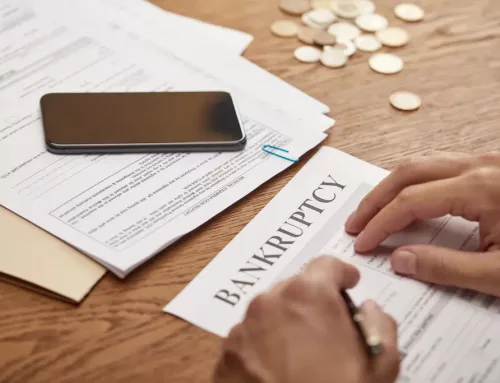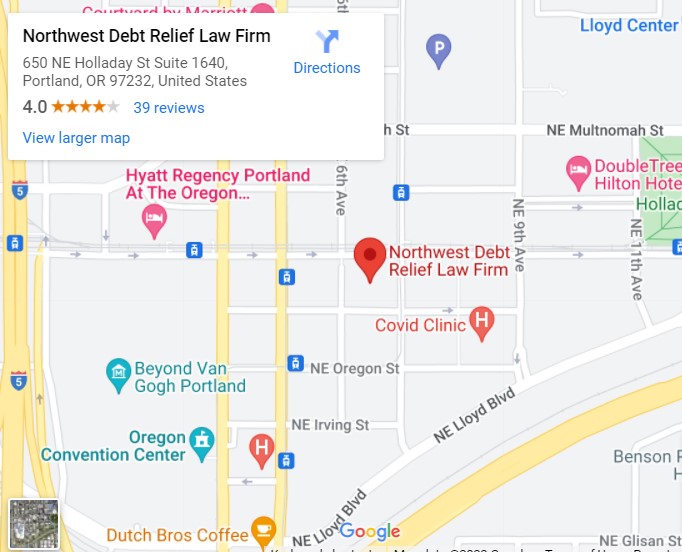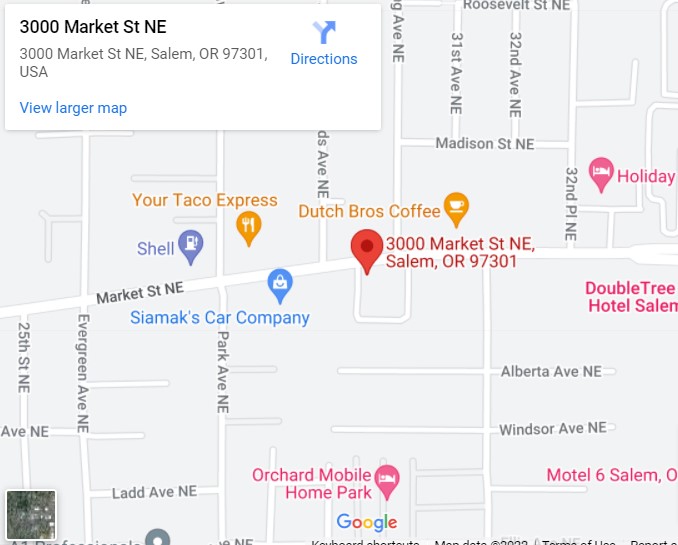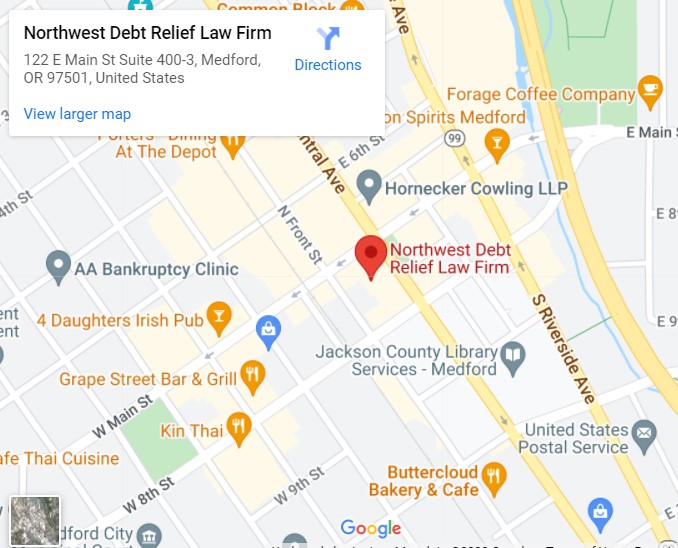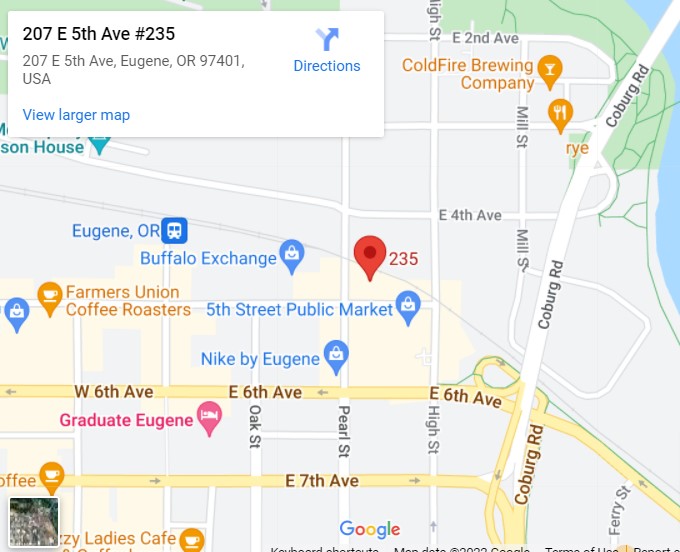A bankruptcy filing is a legal proceeding that enables a debtor to repay debts from his or her creditors. For individuals who are struggling with debt and financial problems, filing bankruptcy would be beneficial. It allows them to have a fresh start and to improve their lives through proper financial management.
There are different bankruptcy options that you may choose from. The choice depends on the types of debt you owe, your monthly income, and living expenses, among other factors. Bankruptcy lawyers can help you understand the advantages and disadvantages of each chapter. It is also important that you understand the basics of bankruptcy law and the bankruptcy process before you proceed with filing a bankruptcy petition.
The two most common types of bankruptcy are Chapter 7, which is also called liquidation bankruptcy, and Chapter 13, which is also called a reorganization bankruptcy. A bankruptcy means test is also used to determine the right bankruptcy option for your specific circumstance.
A bankruptcy proceeding begins when an individual files a bankruptcy petition. This is done by submitting relevant papers and supporting documents to the bankruptcy court. Once the court has approved the petition in bankruptcy, an automatic stay will take effect. An automatic stay protects a debtor from creditor harassment. It prohibits any collection activities from debt collectors, including phone calls, emails, wage garnishment, and foreclosure.
What are the advantages when you file for bankruptcy?
Chapter 7 and Chapter 13 bankruptcy work differently. When filing Chapter 7, it would only take up to three to four months for you to wipe out your debts. On the other hand, a Chapter 13 bankruptcy will take up to three to five years, or the time needed to complete the agreed debt repayment plan. However, all the remaining unsecured debt after the completion of your payment plan will be discharged.
Chapter 7 Bankruptcy
 In declaring bankruptcy, you must be aware of the qualifications for the different bankruptcy forms. Liquidation bankruptcy is primarily for those individuals who do not have a large amount of income. In Chapter 7, a debtor must surrender his or her nonexempt assets to be able to pay back loans. The bankruptcy trustee will liquidate properties and distribute the funds to the creditors. If you have enough revenue to repay your creditors, you will be able to take full advantage of the additional benefits given by a reorganization bankruptcy instead.
In declaring bankruptcy, you must be aware of the qualifications for the different bankruptcy forms. Liquidation bankruptcy is primarily for those individuals who do not have a large amount of income. In Chapter 7, a debtor must surrender his or her nonexempt assets to be able to pay back loans. The bankruptcy trustee will liquidate properties and distribute the funds to the creditors. If you have enough revenue to repay your creditors, you will be able to take full advantage of the additional benefits given by a reorganization bankruptcy instead.
Chapter 13 Bankruptcy
When filing bankruptcy Chapter 13, you may be able to secure your assets while paying your debts. This chapter would stop foreclosure and compel the creditor to approve a debt repayment plan that would enable you to keep up for unpaid payments. In this case, you must prove that you have sufficient income to pay off loans and make timely monthly payments in the future.
Chapter 13 bankruptcy also allows an individual to keep his or her assets that are not included in the bankruptcy exemption. Another advantage of filing Chapter 13 is the fact that you may be able to “cramdown” secured debts if the asset is worth less than the value owed. Bankruptcy Chapter 13 has a proceeding that allows filers to reduce the liability to the current value. However, the cramdown clause may not be used by filers to decrease the mortgage of a residential home.
Bankruptcy filings provide relief from an overwhelming amount of debt. However, there are obligations that a bankruptcy filing cannot eliminate:
- In itself, a bankruptcy filing cannot magically stop a secured creditor from foreclosing or repossessing property. A bankruptcy discharge can wipe out debts, but it cannot eliminate liens. A lien enables the creditor to take assets, sell them and incorporate the proceeds into the balance of a debt. Until the loan is repaid, the lien gets to stay on the property. The lender may pursue his lien rights for foreclosure as long as the mortgage remains unpaid. A repayment plan can instead allow you to make current missed payments for a longer period.
- Filing for bankruptcy cannot discharge child support and alimony. These obligations must be paid in full.
- When you file bankruptcy, student loan debt may only be forgiven if you can demonstrate that paying back the debt would cause you “undue hardship”. You must prove that you are not capable of paying your debts and that your capacity to pay in the future has very little probability.
- Bankruptcy proceedings cannot wipe-out tax debt. It is not easy to eliminate tax debt. However, for older unpaid tax loans, it can sometimes be possible.
- Bankruptcy cannot eliminate non-dischargeable debts such as criminal fines and penalties, debts you have missed to include in your paperwork, and debts involving personal injury and death. These debts will stay until your bankruptcy case is closed if you chose to file under Chapter 7. In Chapter 13, by the time you finish your proposed repayment plan, you are likely already able to pay back these debts in full.
A bankruptcy attorney will help you decide on the right bankruptcy chapter for you and assist with the actual filing.
Consulting an experienced bankruptcy lawyer is important to prevent any legal issues during the proceeding. Contact us at the Northwest Debt Relief Law Firm for legal help and assistance.




